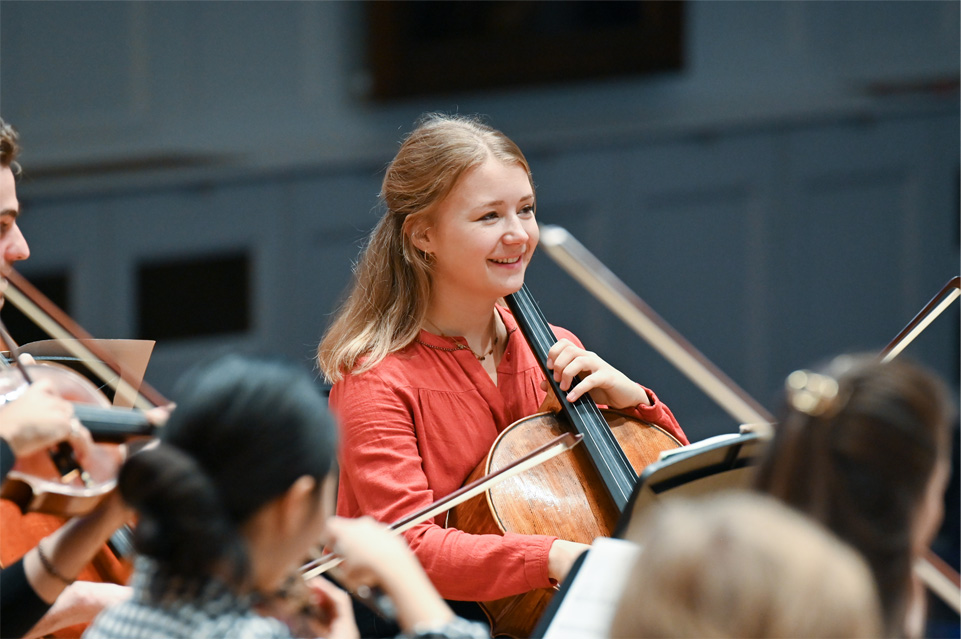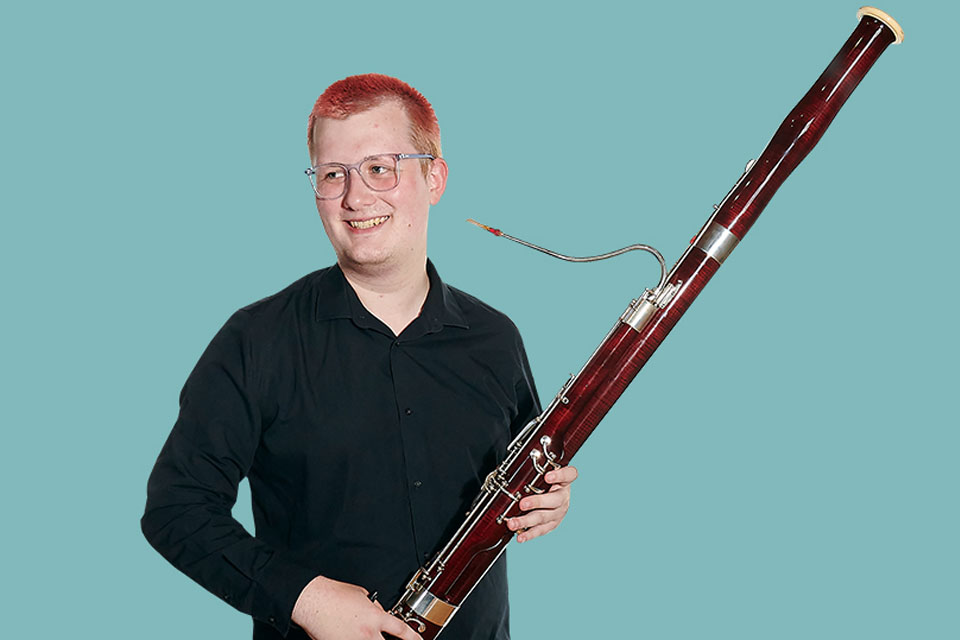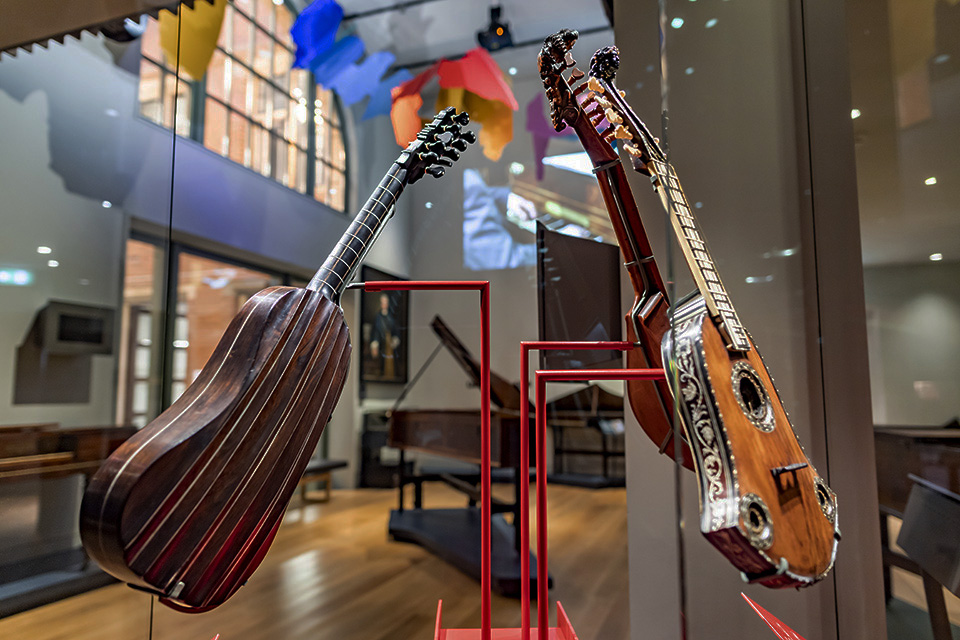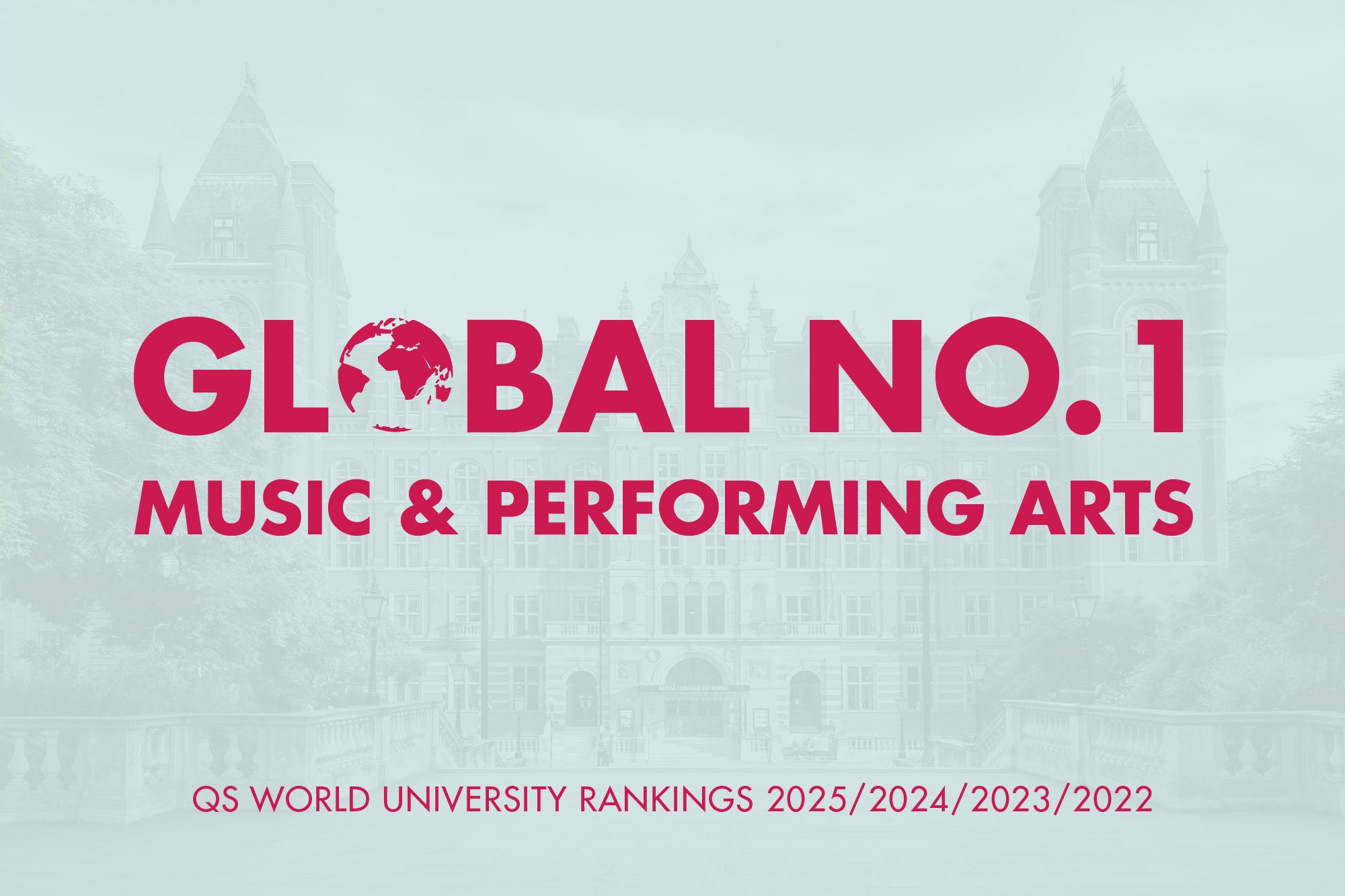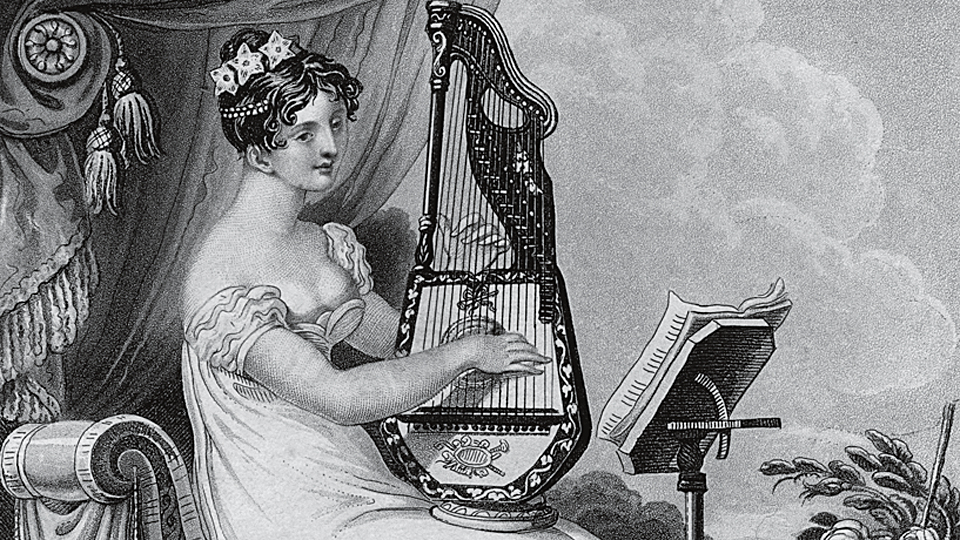Music, Home and Heritage: Sounding the Domestic in Georgian Britain was a three-year research partnership between the Royal College of Music and the University of Southampton, awarded a £665,000 grant from the Arts and Humanities Research Council (AHRC).
The project was designed by Dr Wiebke Thormählen, the RCM’s Area Leader in History, and Professor Jeanice Brooks and Dr Katrina Faulds from the University of Southampton, and it explores how listening to and performing music affected the construction of home and family life in Georgian Britain. Taking specific country houses and music collections as the basis for a series of case studies, it explored new and innovative ways of integrating our understanding into the ways we interpret heritage today.
'Music Home and Heritage' formed part of the longer-term 'Sound Heritage' project and asks how listening to and performing music figured in understandings of home, family and domestic space in Georgian Britain. It sought both to expand knowledge of the sounding history of Georgian domestic interiors and to explore how to integrate this understanding more fully into heritage interpretations of historic houses today. It considered the meanings that performers and listeners attributed to music in domestic settings, and explores how emotional or spiritual aspects of musical practice figured in the transformation of houses into homes. It tracked the increasing delineation of domesticity from public life, and investigate how this intersects with historical narratives on the professionalisation of music, on class structures and on the formulation of family and gender roles. The project team probed how music traversed geographical and social space, particularly through dance music, oratorio and opera, which linked familial leisure with forms of public entertainment.
This enhanced understanding of domestic musical practice was integrated into an exploration of new models for making domestic music visible and audible for heritage visitors today. Music was an important daily activity for many past residents of historic houses, and evoking this activity can help to people the properties in visitors' imaginations, while at the same time providing a powerful antidote to the static sense that historical settings convey for some audiences. Better knowledge of the role of music in domestic architecture, decoration and social life, and of musical links to artefacts and objects, provided powerful new interpretive tools and highlight connections between tangible and intangible heritage. Through a series of practice-led interpretation experiments, this project resulted in case studies for effective interpretation of music in historic houses, and it will contribute to further collaborative research on best practice in the field through partnership with heritage sector professionals.
The project included an ambitious plan of primary research, including:
- consideration of family papers (diaries, correspondence, accounts, inventories)
- extant music collections identified with specific houses and owners
- music produced for domestic consumption, including arrangements of dance, opera and oratorio
- historic guidebooks and furniture catalogues
- and extant material settings.
The historical research led to scholarly outputs in musicology and dance history, while also providing the musical materials underpinning the heritage studies research.
In collaboration with the British Library, the research team conducted a census of musical materials in UK historic houses, substantially enhancing existing research tools while providing the first overview of the material traces of domestic music available for use in heritage interpretation today.
With the support of project partner Sydney Living Museums, the project synthesised existing research on the use of music in historic house interpretation, and devise frameworks for future work in the field.
A case study on dance generated new understandings of how this key social activity was deployed in the home, resulting in new recordings of dance music for use by historic dance companies and within the heritage sector.
'Sounding Erddig', a case study of Erddig Hall was constructed with project partners The National Trust, providing a detailed history of music making in the house and devising a method for telling the larger story of the property and its occupants through and with music.
At Boughton House, a case study mounted in collaboration with the Buccleuch Living Heritage Trust explored how domestic consumption of stage music worked to construct understandings of private and public space and social identities; an exhibit and performance brought together objects and sounds from these different realms to create a new interpretation of their relationship.


